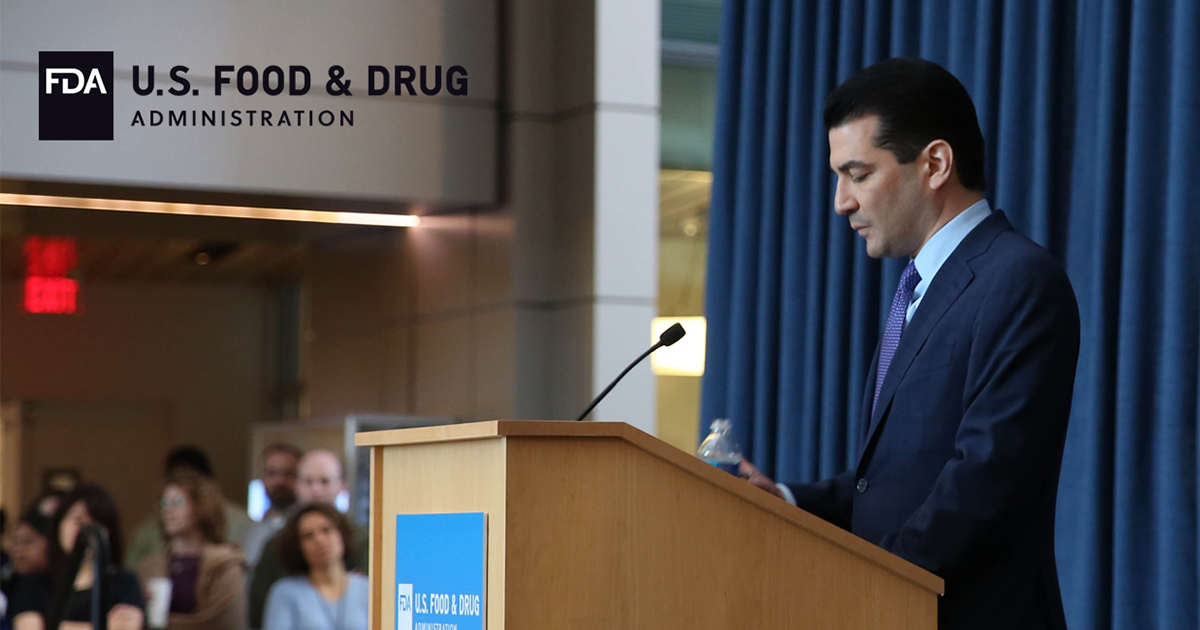Workshop Part of Gottlieb’s Digital Plan

When Food and Drug Administration Commissioner Scott Gottlieb, MD, announced a new agency-wide initiative last summer called the Digital Health Innovation Plan, the goal was to foster “innovation at the intersection of medicine and digital health technology.” That includes issuing new guidance documents on low-risk digital health products and a plan to provide guidance clarifying the agency’s position on products containing multiple software functions, where some fall outside the scope of FDA regulation.
That action, plus the history Stanford’s Byers Eye Institute had in working with the FDA’s Center for Devices and Radiological Health (CDRH) on regulatory science educational initiatives, stimulated interest in putting together the Ophthalmic Digital Health workshop Monday, October 23. Dr. Gottlieb is a scheduled speaker.
“This is one of the most rapidly growing areas in all of medicine and it has the potential to bend the cost curve as well as improve service, access, and patient engagement and education,” says Mark S. Blumenkranz, MD, H.J. Smead Professor Emeritus and director of the Ophthalmology Innovation Program at the Byers Eye Institute. “It’s going to be one of the really powerful tools we have over the next decade or so.”
Some products being tapped in ophthalmology are used just to monitor patients or transfer health information between software and mobile devices, while others may include some degree of manipulation of health data and attempts to draw conclusions or make diagnoses, Dr. Blumenkranz says. Digital products also are being used in a range of settings, from an ophthalmologist’s office or academic clinic to nonophthalmologic locations like primary care or workplace clinics for refractive and diabetic retinopathy screenings to, in some cases, patient’s homes, he says.
Presentations will cover digital health regulation, telemedicine in ophthalmology and its diagnostic challenges, and patient interface with digital health. Three panel discussions will explore safety and effectiveness concerns for digital health devices used as aids for diagnoses or used in clinical versus nonclinical environments, as well as methods to mitigate the risks for these devices including protecting patient health information.
“This is important to everybody who works in ophthalmology,” says Dr. Blumenkranz. “Even for people who are doing what might be thought of as nondigital things, like intraocular lens implantation, there may be digital methods used to assess outcomes after surgery … or for people who are doing glaucoma care in areas where there may be transportation, demographic or socioeconomic problems, using mobile and telemedicine techniques may be a powerful way to render care.”
Conference co-sponsors with the FDA and Byers Eye Institute are the American Academy of Ophthalmology, American Academy of Pediatrics, American Association for Pediatric Ophthalmology and Strabismus, American Association of Cataract and Refractive Surgery and American Society of Retina Specialists.
More information is available at http://www.cfom.info/meetings/OphthalmicDigitalHealth/index.html.
